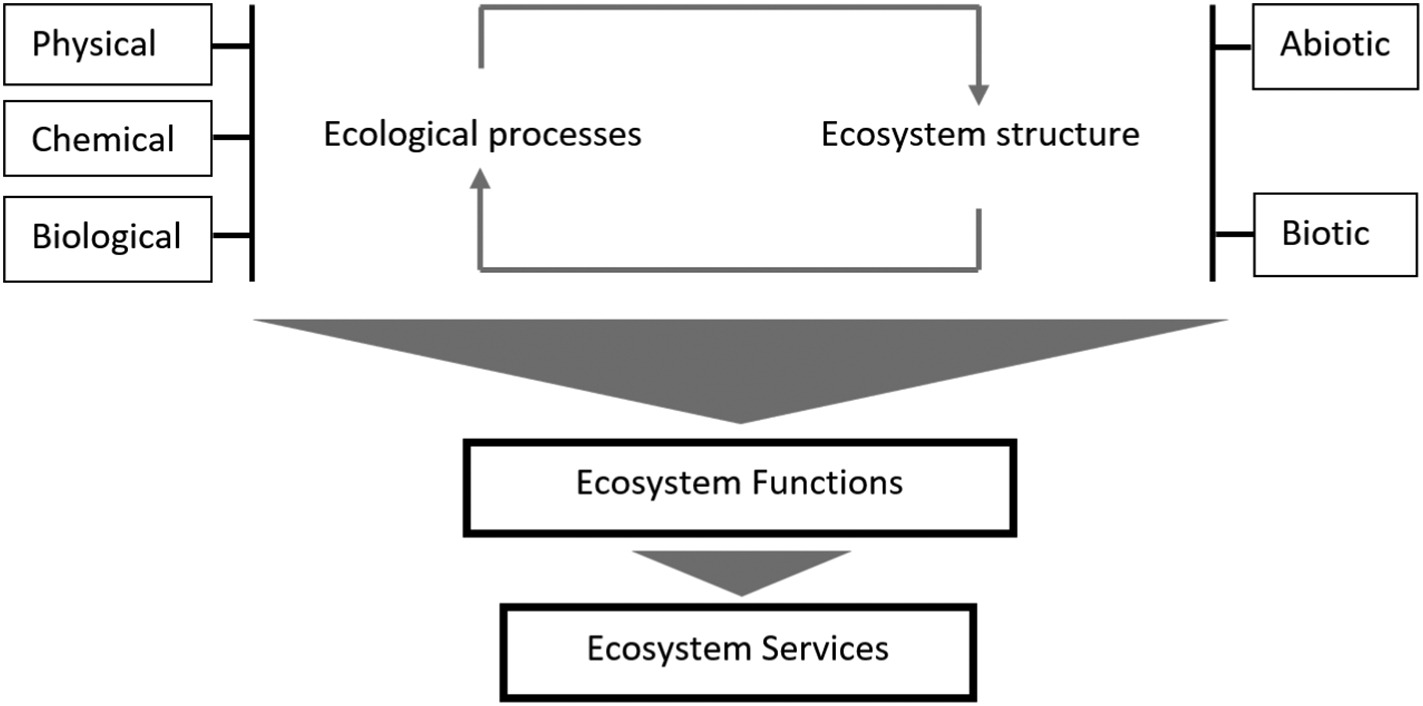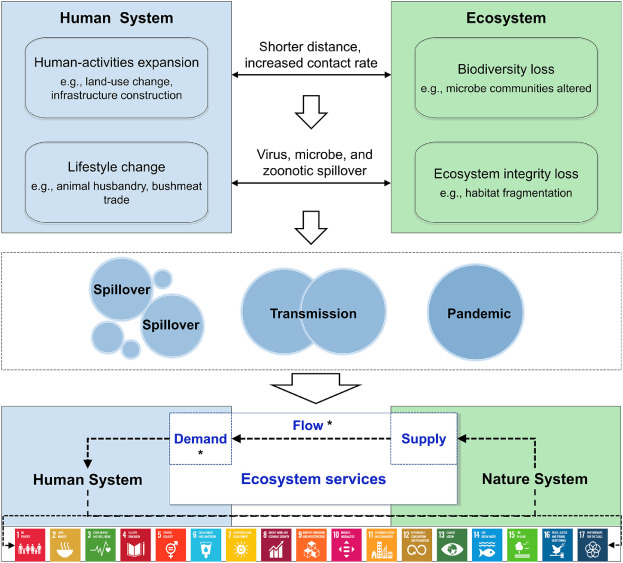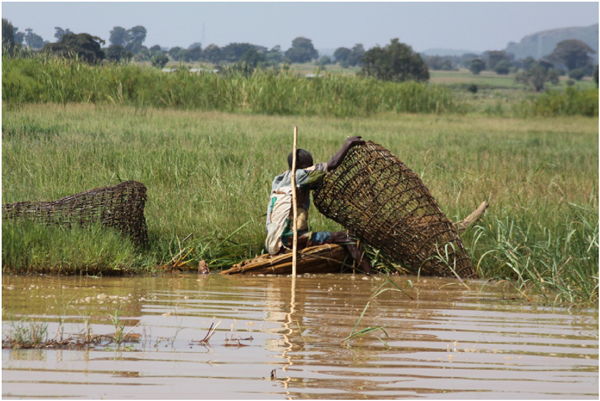Ecosystem services (ESs) are the plethora of benefits that humanity derives from the natural environment. They underpin almost every facet of human life and are integral to achieving the United Nations Sustainable Development Goals (SDGs). Four types of ecosystem services are recognized: provisioning services such as food and water; regulating services such as climate regulation; cultural services such as spiritual and recreational benefits; and supporting services such as nutrient cycling.
As the linchpin of sustainability, the relationship between ecosystem services and the SDGs is deeply interwoven. Goal 15, 'Life on Land,' directly focuses on conserving and restoring terrestrial ecosystems. However, other goals are also intrinsically connected to ecosystem services. Take Goal 2 'Zero Hunger,' for instance. Sustainably managing ecosystems enhances soil fertility and crop yields, ensuring food security. Similarly, Goal 6, 'Clean Water and Sanitation,' is contingent on healthy freshwater ecosystems that filter and purify water, reducing water treatment costs. Further, Goal 13, 'Climate Action,' benefits from ecosystems acting as carbon sinks, sequestering carbon dioxide and mitigating climate change.
Ecosystems also underpin the achievement of Goal 3, 'Good Health and Well-being.' Natural environments play a pivotal role in regulating air quality and reducing pollution, thereby promoting public health. Additionally, the psychological benefits of interaction with nature contribute to overall mental wellbeing. Thus, ecosystem services not only provide tangible resources but also have the potential to alleviate poverty (Goal 1) and inequality (Goal 10) through the equitable distribution of these benefits.
Consequently, recognizing and integrating the value of ecosystem services into socio-economic policies and decisions is crucial to accomplish the 2030 Agenda for Sustainable Development. Approaches like 'nature-based solutions' can strike a balance between development and conservation, optimizing the use of ecosystem services without depleting them. By understanding and promoting the linkages between ecosystem services and SDGs, we can foster a symbiotic relationship between humanity and nature, ensuring a sustainable and equitable future for all.
This paper aims to contribute to the limited understanding and recognition of soil ecosystem services (SoES) in spatial planning. In light of its critical role in climate crises and due to its global degradation, soil has drawn considerable attention in the recent global agenda. As one of its vital services, soil serves as a terrestrial carbon pool, which significantly contributes to offset greenhouse gas emissions in the atmosphere (EEA, 2012).
The COVID-19 pandemic has stalled and rolled back progress on Sustainable Development Goals (SDGs). Ecosystem services (ESs), defined as the contributions of ecosystems to human well-being, underpin the achievement of SDGs. To promote SDG achievement in post-pandemic era, we teased out the links between ESs and SDGs while examining the impact of COVID-19. We found that ESs benefited all SDGs, yet man-made pressures led to degradation of ecosystems and their services. There is broad consensus that the virus lurks in degraded ecosystems and generates spillover due to human interference.
Global social and economic changes, alongside climate change, are affecting the operating environment for agriculture, leading to efforts to increase production and yields, typically through the use of agrochemicals like pesticides and fertilizers, expanded irrigation, and changes in seed varieties. Intensification, alongside the expansion of agriculture into new areas, has increased harvest, but has also had numerous well-known impacts on the environment, ultimately resulting in a loss of resilience and lack of sustainability in agro-ecosystems.
The built environment is responsible for large negative ecological impacts due in part to the vast amount of materials used in construction. Concurrently, construction and demolition activities result in vast amounts of materials being buried, burnt, and dumped. It is essential therefore to analyze the impact of building materials acquisition, use, and transformation on the ecosystems people inhabit and rely upon for well-being. Typically, this is examined in terms of material use, energy use, and emission of pollutants including greenhouse gases.
Although wetlands are known to provide vital ecosystem services, the current state of wetlands in Ethiopia in terms of their ecosystem service components remains poorly understood. Wetlands located in the UNESCO Lake Tana Biosphere Reserve have been highly degraded, but possess highly valuable resources. Therefore, this study sought to assess the major ecological states and identify the main ecosystem services (ESs), along with local people's perceptions of wetland management. Nine wetlands were selected from pristine/reference, agricultural and urban land uses of the Lake Tana area.



